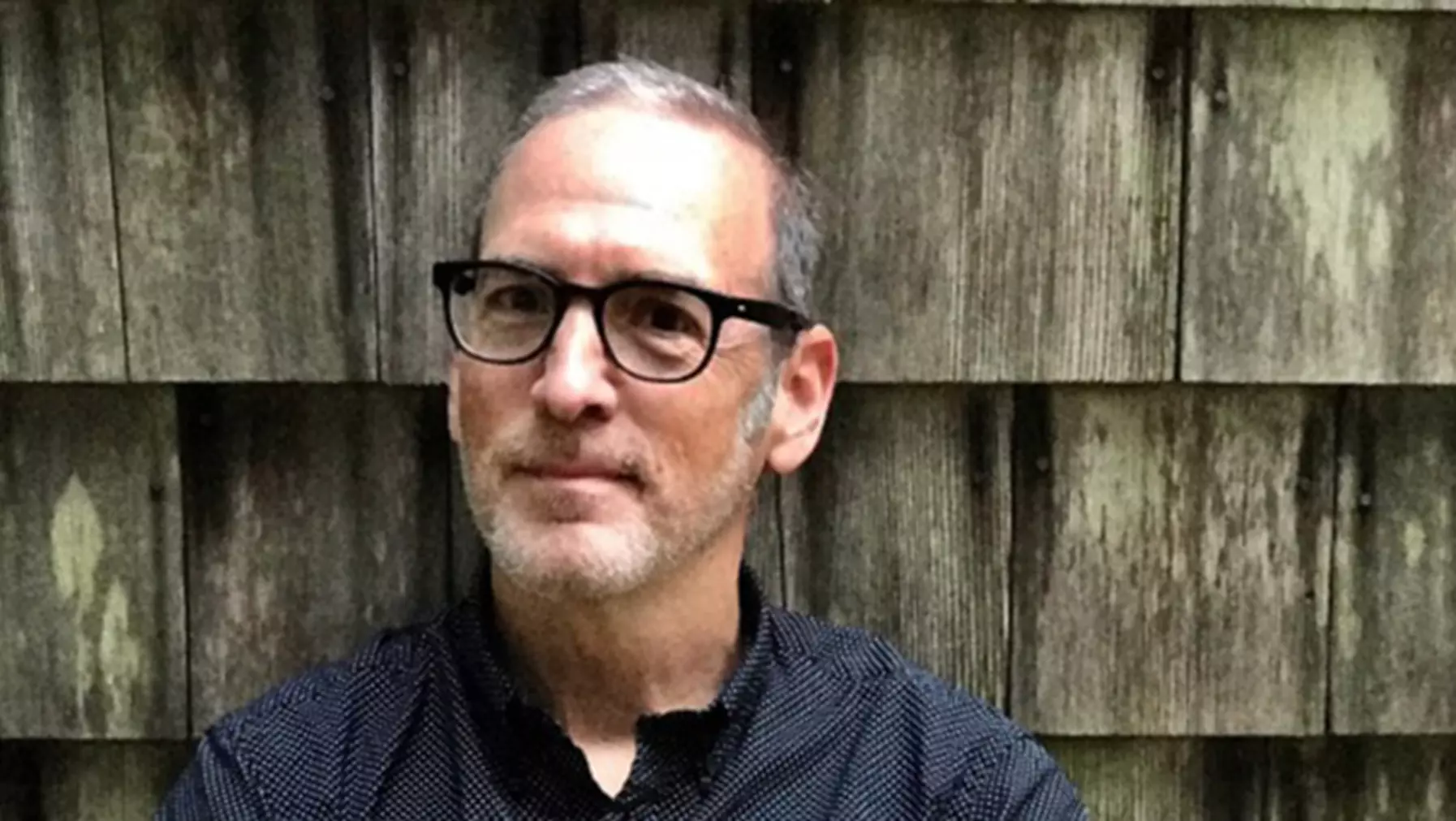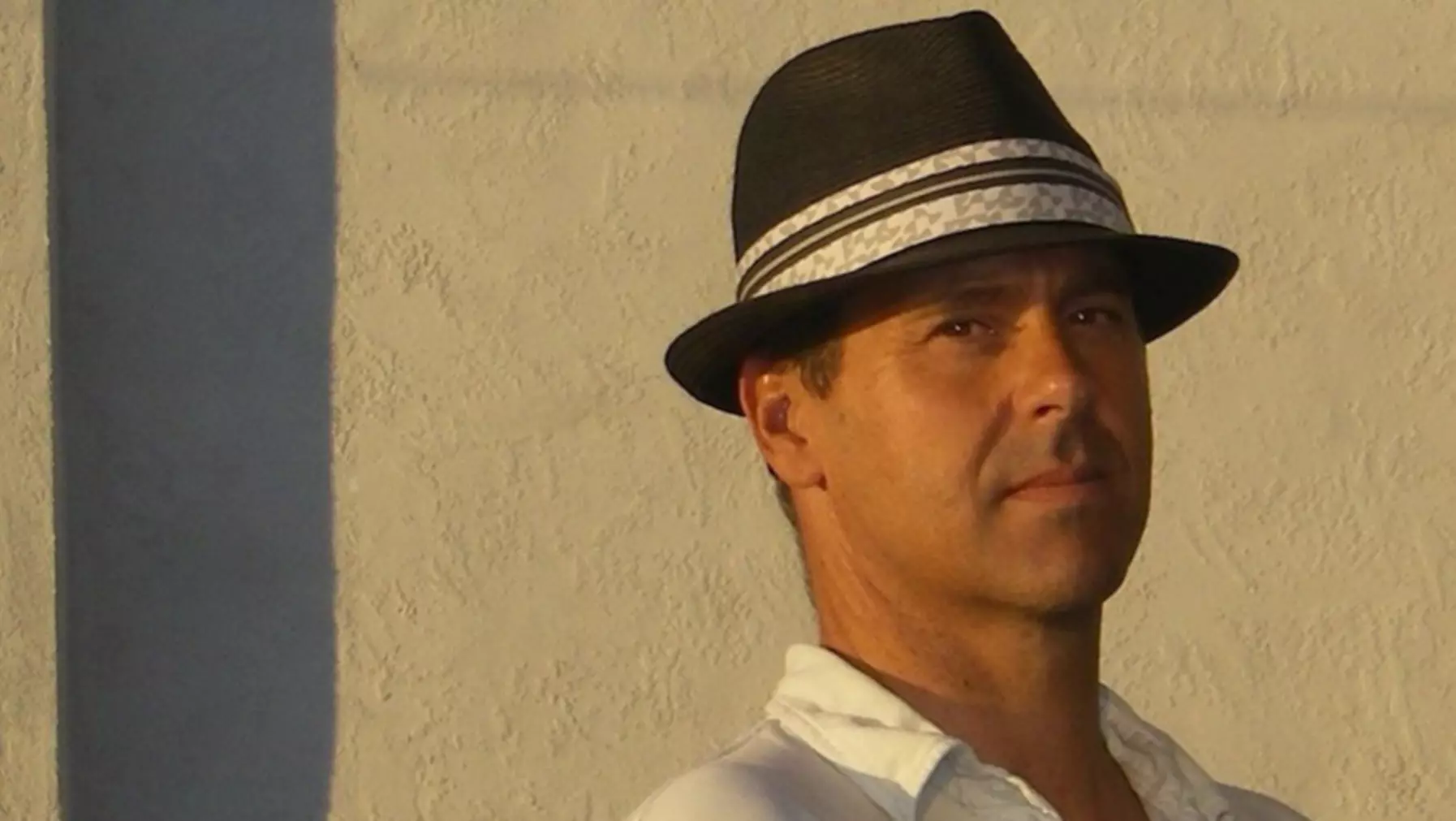Sandow Birk was in residence at the University of Puget Sound from April 13 through April 18, 2014. Sandow is a well-traveled graduate of the Otis/Parson’s Art Institute. Frequently developed as expansive, multi-media projects, his works have dealt with contemporary life in its entirety. With an emphasis on social issues, frequent themes of his past work have included inner-city violence, graffiti, political issues, travel, war, and prisons, as well as surfing and skateboarding. He was a recipient of an NEA International Travel Grant to Mexico City in 1995 to study mural painting, a Guggenheim Fellowship in 1996, and a Fulbright Fellowship for a painting to Rio de Janeiro in 1997. In 1999 he was awarded a Getty Fellowship for painting, followed by a City of Los Angeles (COLA) Fellowship in 2001. In 2007 he was an artist in residence at the Smithsonian Institute in Washington, DC, and at the Cité Internationale des Arts in Paris in 2008. His most recent project involves a consideration of the Qur’an as relevant to contemporary life in America. Around 2005, as an outgrowth of his travels in Islamic countries and as a response to political events around the world, including the American wars in Iraq and Afghanistan, Birk began to read and closely study the Qur’an to understand Islam better. Over the course of his studies, he began to envision an art project that would result in what he calls “a personal Qur’an,” a series of artworks that would explore how this important religious text relates to contemporary American life, and thereby help him and his viewers develop a more nuanced understanding of Islam. Birk hopes that others will be inspired to think in broader terms about the Qur’an and what it intrinsically means to be Muslim; that it is not a state of “otherness” but instead a shared experience of the world through a lens of different cultures.







